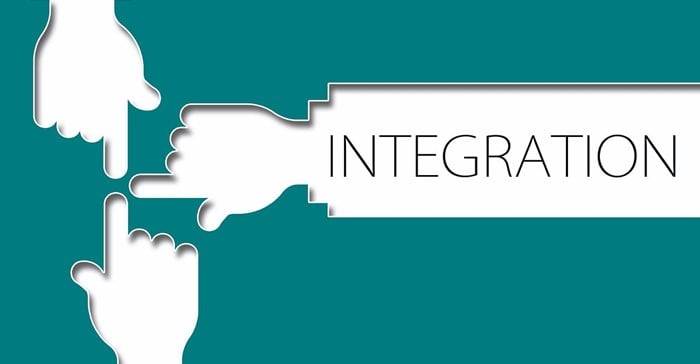
Top stories


LegalCape Town estate agent dupes seller in elaborate property scam, court intervenes
Anelisa Zungu and Renel Fourie 14 hours




More news




Even so, it remains a topic of much agreement, argument, analysis and ambiguity when it comes to getting it right. This points to the increased complexity of integration – with UX, CX, and EX happening across an increasingly diverse set of brand interaction point; customers multi-tasking with media forms; and simultaneous media consumption.
This is coupled with agile marketing, if marketers cannot know everything before we start with integration; we should create – and allow customers to co-create – systems that readily incorporate change.
Maybe it is time to dissect that 11-letter word against this background…
This refers to strategic involvement at board level by marketing executives who are part of the C-suite. This implies that to optimise integration, marketing executives should contribute to strategic thinking at board level and focus less on more tactical work.
The caveat here is, of course, that the marketing executive should have a deep understanding of stakeholder integration, organisational integration and environmental integration.
In developing truly integrated marketing and communication strategies, marketers should essentially be neutral in their media choices (i.e., ‘media neutral’).
All communication options should be considered based on effectiveness (e.g., how many desirable influences does communication create through the selected media and what communication objectives does it help the brand to achieve?) and efficiency (e.g., at what cost are those influences created and objectives achieved?).
Thus, any means of communication that will effectively and efficiently facilitate the intended objectives should be considered.
Integration undoubtedly calls for cross-functional teamwork in the organisation and across agency relationships. Teamwork is required because everything the organisation (through its organisational teams and employees) says and doesn’t say, and does and doesn’t do, sends out a message.
Integration is everybody’s business in the organisation.
Engagement is important in managing stakeholder relationships because of the overlap, interdependence and interaction between stakeholders – a synergy that creates value for the organisation and its brand.
Brand equity is an outcome of a field of relationships and adding value is a non-linear active process that involves constant and overlapping exchanges, connections and responses.
Integration should be goal-directed. The strategic intent of the organisation helps management to direct its goals with purpose.
The strategic intent of the organisation should drive all its marketing and communication to ensure unity of effort in organisational functioning, based on what is learned from the stakeholders and the environment.
Integration implementation requires a resource commitment that addresses the importance of the availability to employ time, funds, skilled and knowledgeable professionals and other resources.
The organisation must learn from and adapt to its environment to position itself according to external needs.
Doing so enables the entire organisation to think strategically and to create synergy by sharing its knowledge and ideas and by fostering actions that are in the interests of the organisation.
This implies that there should be an overall acceptance and awareness that the organisation is functioning in an environment where changes are taking place, and that adaptation is inevitable.
Integration requires a strategic orientation on the part of the organisation; strategists must manage aggressively and drive the total brand experience. These professionals need to contribute to the business bottom line by consistently coordinating all the organisation’s communications.
The total brand experience from an integration perspective is based on three ideas: the messaging and delivery method/medium must be stakeholder-appropriate; there must be continuing dialogue to ensure a 360° brand idea and the timing of messages should be built on stakeholder preferences.
Insufficient emphasis had been placed on ensuring interactivity between the organisation, its agencies and its stakeholders. Interactivity from a stakeholder’s perspective means accessibility, recognition, responsiveness and accountability.
From a brand perspective, it means the ability to listen as well as speak and then to modify behaviour because of the feedback. Interactivity is the process by which customers are integrated into the organisation, co-creating product planning and the development process and are dealt with as individuals.
To be interactive, the organisation must place as much emphasis on receiving messages as it does on sending them. Interactivity creates a long-term, purposeful dialogue that is mutually beneficial for the stakeholder and the organisation.
Integration in marketing and communication refers not only to interactivity but also to the
optimisation of messages to stakeholders to communicate coherently and transparently to achieve synergies and to encourage profitable relationships in the short-, medium-and long-term.
Integration in marketing and communication is not a new concept, but its necessity is more important than ever. More contact points, more specialised media, big data – to name but a few – provide better insight for purposeful, personalised interactions. Competition has increased, and customers are more valuable but are also more influential.
Integration is part of the vocabulary of most marketers and communicators, but it is very often used casually.
It's not about content marketing, it's about integration.
— Adam Horne (@realadamhorne) August 7, 2019
